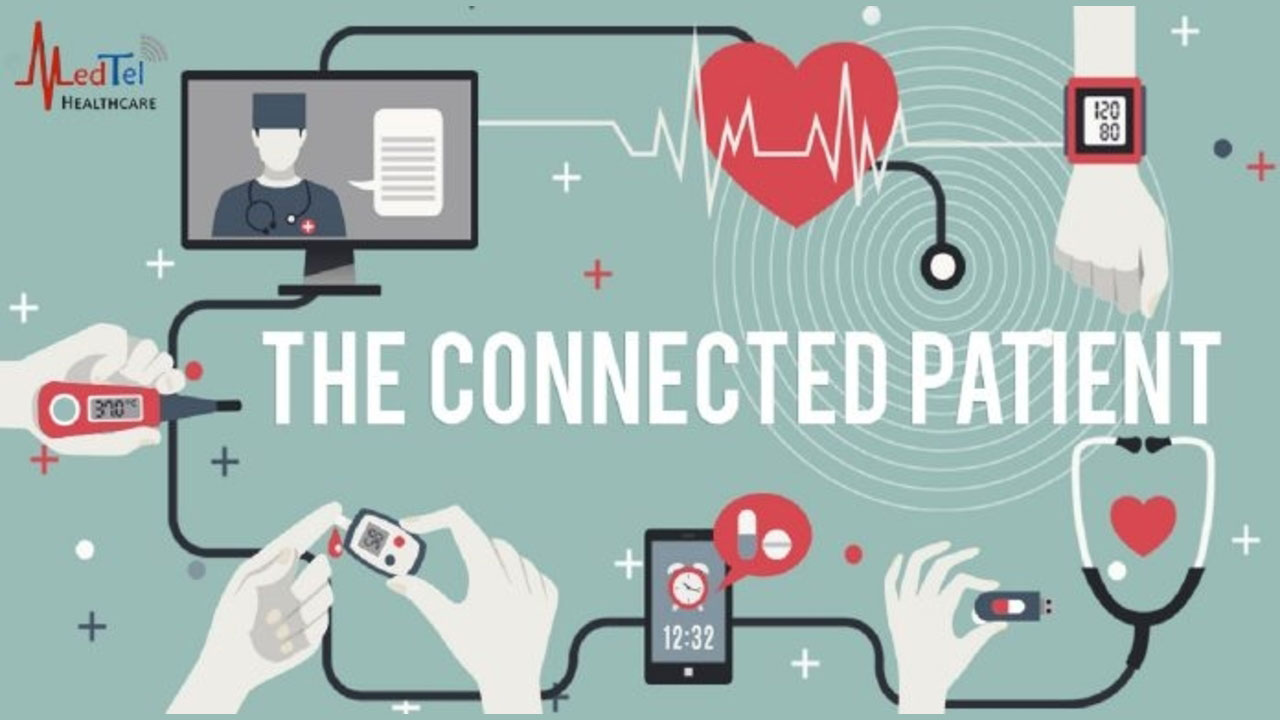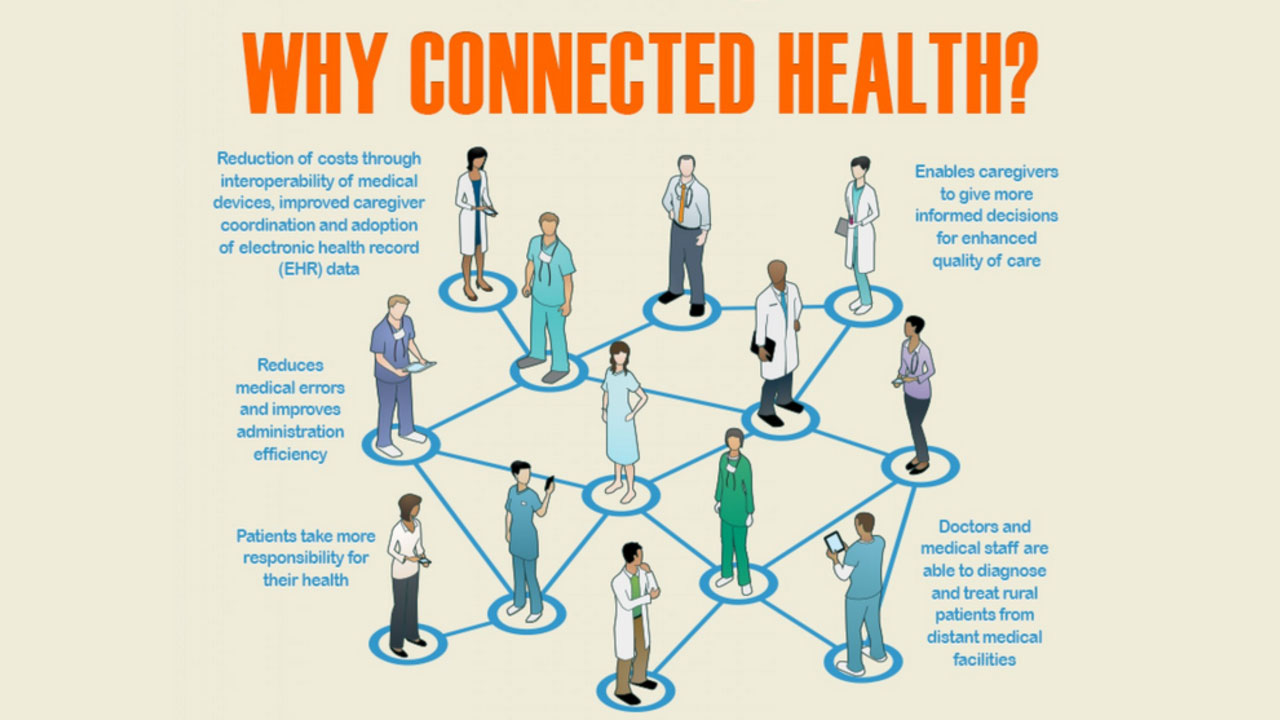The Connected Patient: Digital Tools Enhance Patient Experience
The connected care market is steadily growing. In 2016, 52% of hospitals worldwide used three or more connected care technologies. According to Data Bridge Market Research analyses, it’s expected that the market will expand with 32.30% CAGR between 2020 and 2027. In another report by Component, IoT in the healthcare market is pegged to grow to USD 188.2 billion in 2025 compared to USD 72.5 billion in 2020. What’s driving this expansion? Focus on patient-centric care and patient engagement, need to adopt cost control measures, and the growth of fast network technologies. And in the midst of all this lays one defining outcome: improved patient experience.
A Brief on Connected Care
Before we dive into how technology is enhancing patient experience, let’s take a quick look at what connected care entails.
Connected care is electronic communication between patients and care providers in real-time. This communication comprises remote patient monitoring (RPM), consultations, and treatments that are all delivered digitally. The system bridges gaps brought on by geographical distance and shortage of care facilities that are especially common in remote and rural regions. By bringing care to the home of patients, doctors are able to ensure better patient outcomes particularly for those with chronic medical conditions.
How Technology Is Enhancing Patient Experience
Speed and Sensitivity
Long waiting room lines and time-consuming analysis of tests can negatively impact patient experience. With digital technology, patients can receive faster and more efficient service. For instance, Artificial Intelligence (AI) can be used for diagnostic medical imaging with significantly accurate and shorter turnaround times.
In a study published in Nature Medicine to evaluate patients with COVID-19, researchers at Mount Sinai implemented a novel AI model with CT scan data from COVID-19 patients in Chinese medical centres. They also used patients’ clinical information. They integrated the CT scans with the clinical data and developed an AI algorithm. They then tested it on the study group to gauge the test’s sensitivity. They found that the algorithm had a markedly higher sensitivity at 84% compared to radiologists’ 75%. What’s more, the algorithm enhanced the detection of COVID-19-positive patients who returned negative CT scans.
Also Read: 7 Common Misconceptions about Remote Patient Monitoring
Data Accuracy
A study found that vital signs captured on paper that were then fed into a paper chart or EHR had error rates of 10% and 4.4%. However, automated upload of vital signs into an EHR had an error rate of only below 1%. This shows that digital technology can promote patient safety, improve timeliness to critical data, and enhance workflow processes.
Healthcare Analytics
By analysing detailed patient data, care providers can also reduce costs by eliminating unnecessary care. Further, prescriptive analytics to identify trends in population outcomes can help providers approximate patient costs which in turn can help them allocate resources better to improve efficiency.
Streamlined Administrative Processes
Better Self-care
- According to a report by Edelman Intelligence, 80% of users of a health-tracking device are more likely to screen themselves for high-risk conditions compared to 67% of non-users.
- 80% are more likely to exercise regularly compared to just 59% of non-users.
- 69% regularly see a doctor compared to 61% of non-users.
Connected care is reshaping the healthcare landscape as care providers use patient engagement technology to ensure a more positive experience. The current pandemic, chronic diseases, and an aging patient population are placing strain on healthcare systems and forcing the emergence of innovative solutions. With connected care, there’s increased patient empowerment, opportunities to establish collaborations and partnerships, optimisation of internal processes, and long-term cost reduction.

